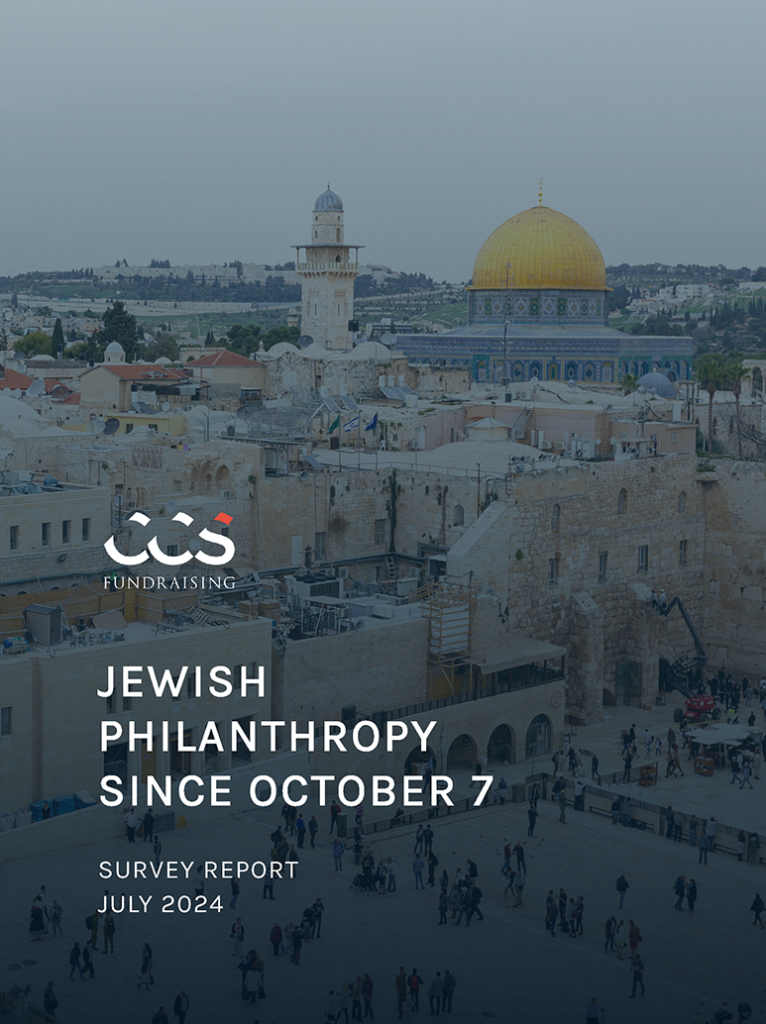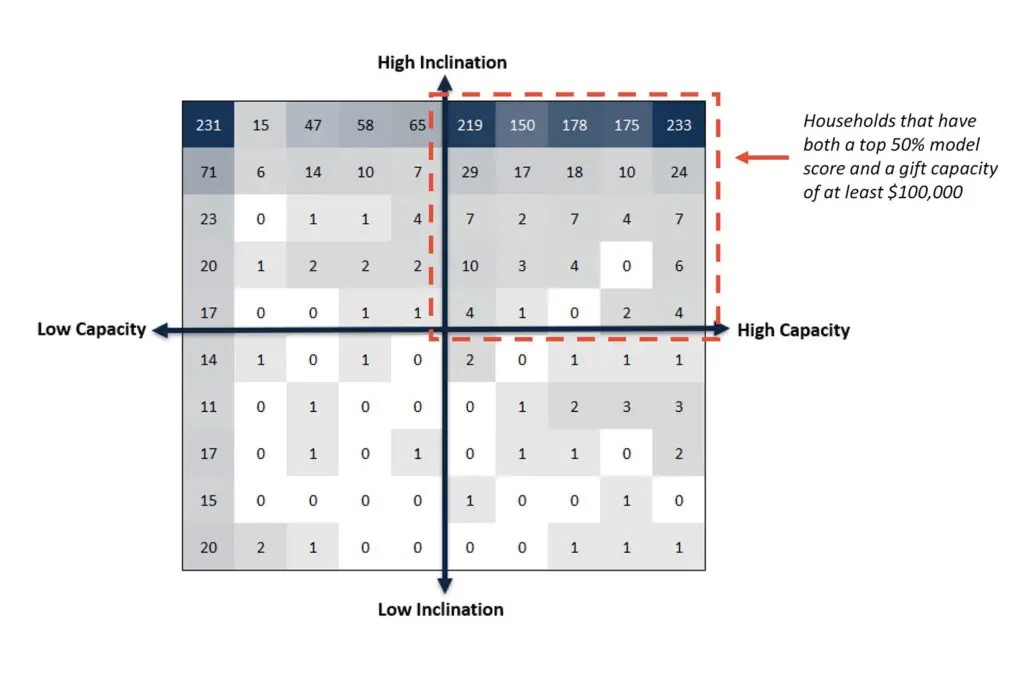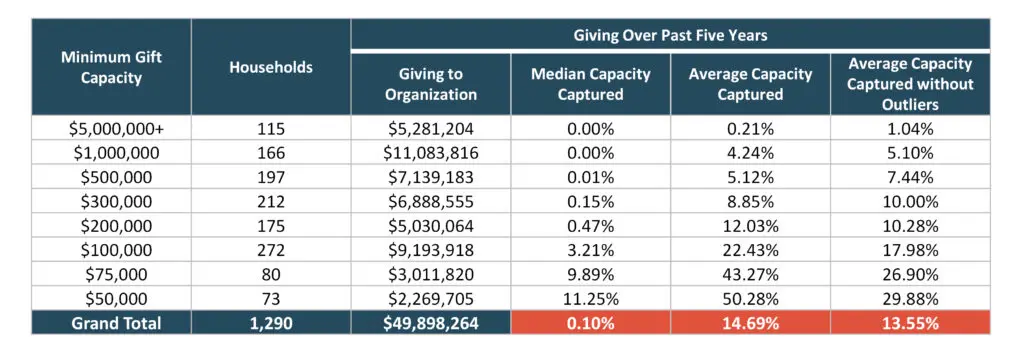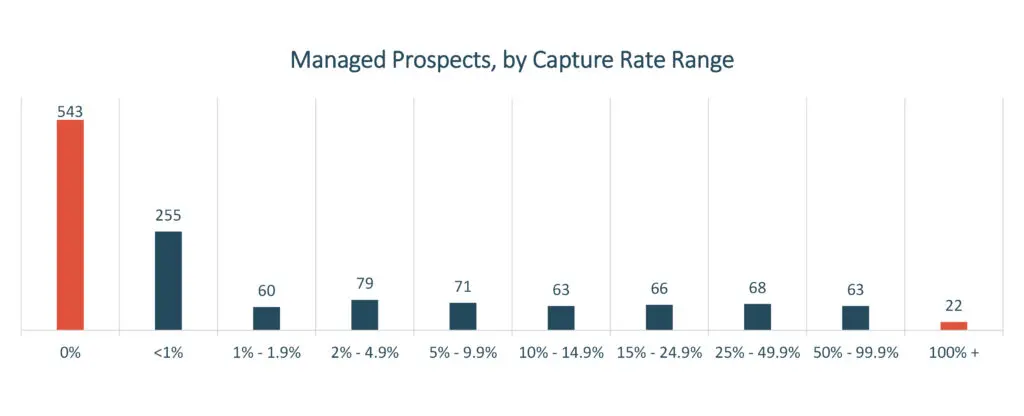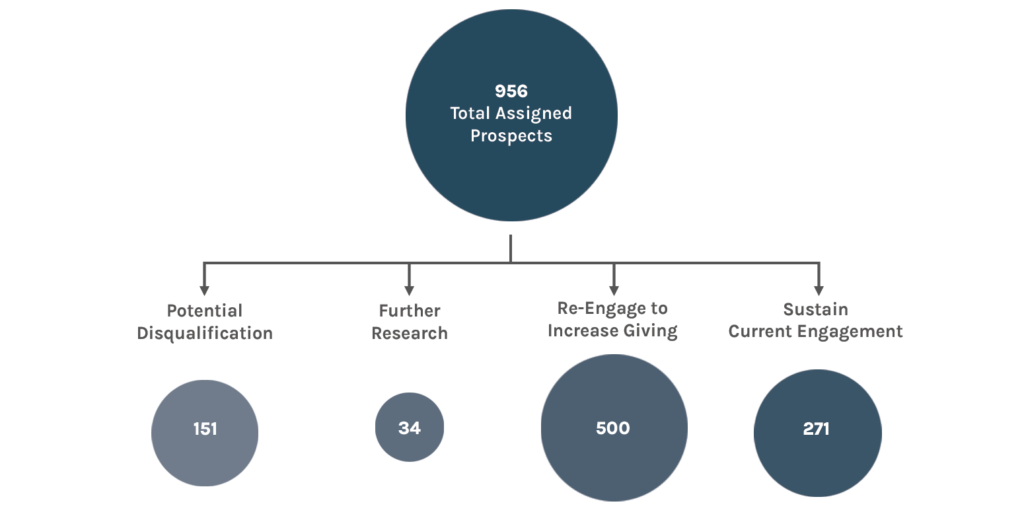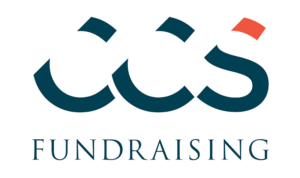In part one of this series, Building a Patient-Centric Journey to Giving, we explored five ways to lay the foundation for grateful patients to engage with philanthropy.
In part two, we dive into the next stage of engagement: using data to curate a communication journey that best cultivates grateful patients, converts them to donors, and creates a pathway for annual and consistent future giving.
Effective Grateful Patient Fundraising starts with tailored communication
There is a reward for soliciting the masses through direct mail and email. While you have gift officers queued to qualify and cultivate high-prioritized prospects, effective annual giving programs are most frequently the entry point for individuals to convert to donors. These donors may become your best major and planned giving prospects in the future.
But how can you make an annual giving program effective with grateful patients? Create a communication journey that taps into their overall patient experience at your healthcare organization. In other words, leverage your knowledge of patient and donor populations to craft targeted messages that recognize their experiences as patients and highlight reasons for deeper engagement with the organization. Retail brands have found customers are willing to pay up to 16% more for a product or service if the company provides a great customer experience. They do this by leveraging customer journey mapping—a tailored roadmap for how customers interact with the brand. An annual giving program can do the same between patients and the healthcare organization. Where do you start?
Separate Grateful Patient Acquisition and Retention communication Strategies
While this seems obvious, it is important to think of acquisition and retention completely separately, as they are geared towards different audiences and require different types of data.
new patients are Your grateful patient acquisition audience
This audience has just experienced your healthcare organization for the first time and should be communicated with as such. Focus on acknowledging your new patients, welcoming them into the community, demonstrating the institution’s resources, supporting them on their healthcare journey, and converting them into donors.
New Patient ‘A’
123 Sample St, Sample City, ST
newpatient@sample.com
Clinical location: East Hospital
Doctor: Dr. Doe (Cardiology)
Hospital Visit: 14 days prior
Existing donors are your grateful patient retention audience
Your retention audience (grateful patients who have made at least one gift to your organization in the past) has not only experienced your healthcare organization as a patient, but they decided it was worthy of their philanthropic support at some point. Their communication journey should acknowledge their grateful patient relationship and focus on what you know about them through their giving preferences, priorities, and overall interests.
Retained Patient Donor ‘B’
123 B. Sample St, Sample City, ST
retainedpatientdonor@sample.com
Clinical location: West Hospital
Doctor: Dr. Sample (Primary)
Last Gift: $50 to Orthopaedics
Last Gift Date: 4 months prior
Giving History: Consistent donor 5+ years to several priorities, but all at West Hospital
Define the Data needed for Grateful Patient acquisition and retention
Separating your acquisition and retention audiences in grateful patient fundraising is important when you consider your data needs for each constituency:
Quantitative Data is key to new patient communication
Your acquisition audience of new patients means you will only have access to basic patient information permitted through Health Insurance Portability and Accountability Act (HIPPA) compliance (name, address, email, hospital location, physician name, and dates of care), and sometimes even less depending on the healthcare organization. At a minimum, contact information is the most important. If that is all you can access, you can make general assumptions about your new patients by leveraging relevant quantitative (population-based) data through market research.
You may conduct research based on the following questions:
- What is the average household income in their county?
- What is the average family size?
- What health needs does their community have as identified by a Community Health Assessment Report?
These data points help guide your content choices and suggest appropriate gift sizes when making a specific ask. Consistent patient information, like hospital location and care dates, enables personalized communication journeys for those treated at community hospitals or specialized centers. For example, with a new pool of 1,000 people seen last week across various hospitals, you can customize email copy to reference the care they received at [hospital name variable].
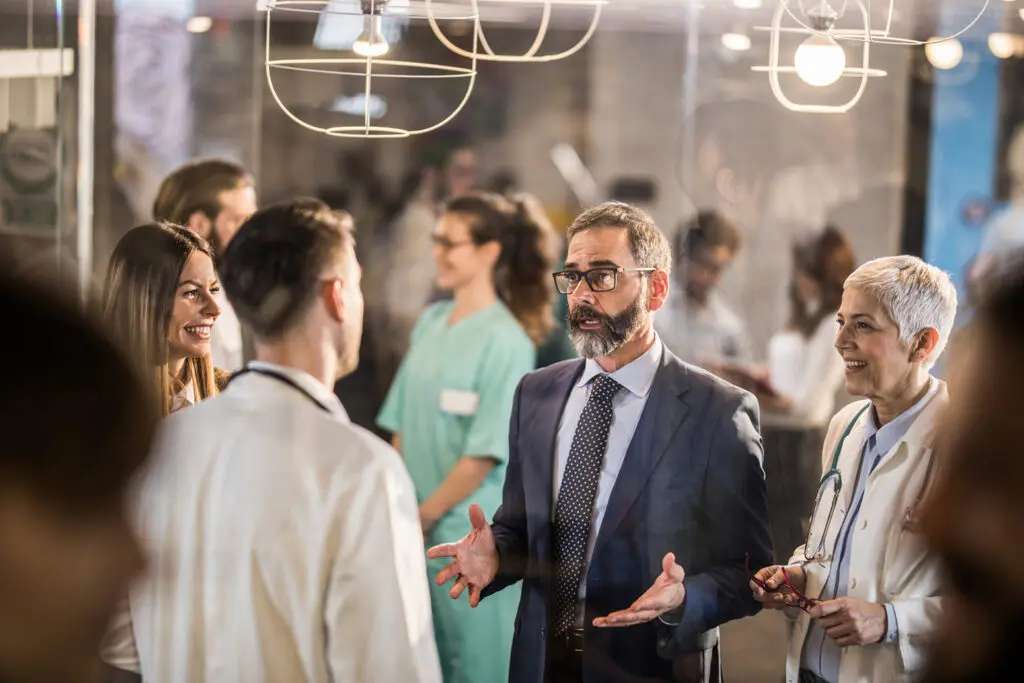
make the most of Qualitative Data to cultivate grateful patient donors
Alternatively, retention audiences (grateful patient donors) have already given you valuable qualitative data through their past engagement with the organization. At this stage you know their:
- Giving preferences: What did they make their gift to, when, and why (for example, did they respond to a specific appeal)? How much was the gift? Have they increased their gift over time or remained static? Do they continue to support the same priority, or has their giving designation varied?
- Communication behaviors and preferences: Are they opening your emails and clicking through content? What content are they clicking on (patient stories? expert opinions)? Did they choose to make a gift online or in response to direct mail? How long after a communication did they make their gift?
- Engagement behaviors and preferences: Although this is not a direct interaction with a communication journey, this long-term cultivation aims not only to retain and upgrade grateful patient donors but also to build a pipeline that leads them to qualify as a major gift prospect. To do this, interaction with the organization beyond their communication journey is a significant step! Additional engagement data you can incorporate into their journey includes event attendance, gift officer interactions, volunteer positions, and more. Defining a hierarchy of data points to prioritize will help streamline when and where qualitative data like this can be incorporated.
New Patient ‘A’
123 Sample St, Sample City, ST
newpatient@sample.com
Clinical location: East Hospital
Doctor: Dr. Doe (Cardiology)
Hospital Visit: 14 days prior
First communication: acknowledge recent patient experience, feature past interview of Dr. Doe, share resources for East Hospital patients
find your grateful patient Data sources
Healthcare organizations vary in what data is accessible for new patients and retained grateful patient donors. Electronic medical record systems have enabled us to implement efficient and sophisticated fundraising strategies that more hospitals and health systems are able to leverage now than ever before. Now that we have defined what type of information is most impactful in guiding a communication journey for both new patients and retained patient donors, how do we retrieve the data?
Data will come from several streamlined sources, which funnel into one database for fundraising purposes. The sources you should prioritize incoming data from include:
your health system or organization’s technology services
Data is delivered directly from this source, ideally as a daily/weekly patient data feed automatically transferred through a CRM. This will require coordination with your clinical information and technology services and an investment of time and funding to implement, but it is a significant way to increase efficiency and intelligence in your program. For organizations that cannot implement this data transfer, a consistent, manually exported spreadsheet of new patient data (within HIPPA regulations) will still provide the same quantitative data points that enable you to efficiently execute your acquisition communication journeys.
Your communications
Consider your communications your biggest source of qualitative data that will inform how best to customize the journey for your acquisition audiences and grateful patient donors. Each communication offers several key opportunities to collect engagement data to guide the next ‘step’ in a journey:
- Did they open the email?
- How much time did they spend reading the email?
- Did they immediately delete it?
- Did they click any of the links? If yes, which links did they click? (examples include a patient story, clinician spotlight, patient resources, ways to get involved, philanthropy information, etc.)
- Did they make a gift?
- Did they unsubscribe?
- Was the email delivered, or did it bounce back?
- Similarly, was the direct mail letter returned due to a bad address?
- Did they send a reply envelope? Or make a gift via mail?
New Patient ‘A’
Opened the first communication and clicked on link to read interview with Dr. Doe. Second communication (one week later): Email asks Patient A if they enjoyed the interview with Dr. Doe, promotes additional spotlights Dr. Doe is featured in on the website, and offers ways New Patient A can thank Dr. Doe for their care with giving information.
Trends from other advancement teams and colleagues
Especially if a new patient is rated highly or a recurring donor has the potential for major gifts, they may move in the pipeline earlier than anticipated, giving you additional data points your colleagues enter directly into the database for you to consider long-term.
Although the qualitative data generated from your communication is specific to just one email or one direct mail piece, over time, it leads to a significant wealth of knowledge and trends that inform how effective the communication journeys are when it comes to increasing engagement and donor conversion.
consider using AI
This is a significant opportunity to use artificial intelligence (AI). Leveraging these insights, AI could help you codify how likely a grateful patient of Dr. Doe at East Hospital may make a gift if your initial communication features a patient story from the same hospital, also seen by Dr. Jones.
Further, AI may be the solution to quickly help generate ways to customize further the communication journey beyond what your email software can do to automate and populate variables to increase personalization. This is an opportunity for AI to be effective if the data is thoughtfully collected and used to inform current and future grateful patient fundraising strategies.
New Patient ‘A’
Did not open second email for one week. Resent same email with new subject line reminding New Patient A of the email. Opens follow-up email and clicks on links to learn more about Dr. Doe’s work.
Next step in communication journey: Explicitly solicit a gift of $25 to thank Dr. Doe for his care ($25 generated from average first gift size across acquisition audiences). Feature blurb from Dr. Doe thanking patients for choosing care at East Hospital and for accelerating their work and impact with a gift to the hospital.
New Patient A makes a $25 gift in Dr. Doe’s honor, automatically adjusting his communication journey to stewarding his support.
grateful patient fundraising is supercharged by data-informed communication
Lastly, as you consider the best communication journeys to implement for your grateful patient fundraising, here are four tips to help you get started:
- As shared in part one of this series, insights indicate a patient or patient’s family is 76% more likely to make a gift if they receive communication within the first 30 days of post-hospital visit or care.
- Your acquisition audience is your best testing group for content, messaging, and timing. Because you consistently receive a new set of patients to contact, you can adapt the communication journey as you evaluate what generates the most engagement.
- While you can see engagement almost immediately through email, giving your program a full one or two years to identify larger trends in engagement and donor conversion is important. You will start to see what communications generate the most interaction and tweak your engagement strategy to maximize the successful tactics.
- Be patient and remember that every communication is an opportunity to gather more intel and data regarding who your patients are. Take advantage of each one!
More Insights
2024 Philanthropic Landscape, 13th Edition
This report provides a comprehensive look at the current state of US philanthropy, compiling and analyzing annual data from Giving USA and other prominent research to ensure your organization stays up-to-date on the most significant industry trends.
Philanthropic Landscape Report Library
Explore CCS’s library of Philanthropic Landscape reports, going back to our first edition in 2012.
